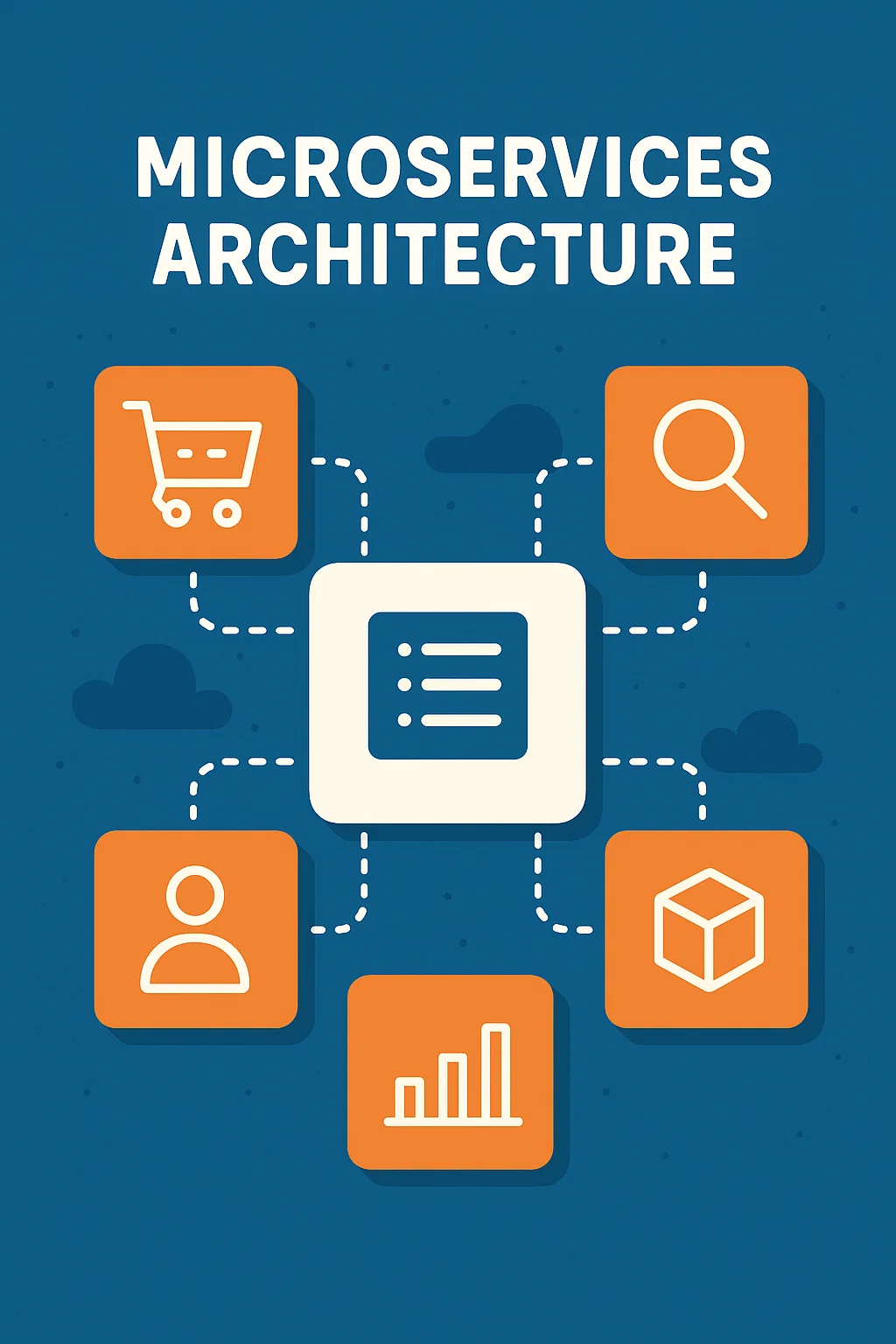Introduction
Microservices architecture is a design pattern where an application is composed of small, independent services that communicate with each other. This approach allows teams to develop, deploy, and scale services independently, improving flexibility and maintainability.
Key Characteristics of Microservices:-
- Independently Deployable: Each service operates independently, reducing dependencies.
- Single Responsibility Principle: Each service is designed for a specific function.
- Decentralized Data Management: Each microservice has its own database to ensure data separation.
- API-Driven Communication: Services communicate via well-defined APIs (REST, gRPC, GraphQL, etc.).
- Scalability: Services can be scaled independently based on demand.
Challenges of Microservices :-
1. Complexity in Management
- Managing multiple microservices introduces operational overhead. It requires tools for orchestration, such as Kubernetes, Docker Swarm, or AWS ECS. Service discovery tools like Consul, Eureka, and Istio are necessary to maintain seamless communication between services.
- Centralized logging and monitoring solutions like Prometheus, Grafana, and ELK Stack are essential for observability.
2. Network Latency
- Increased communication between microservices leads to higher network calls, affecting response times.
- Optimizations include using gRPC over REST for high-performance communication, caching mechanisms like Redis and Memcached, and leveraging service mesh solutions such as Istio and Linkerd for better traffic management.
3. Data Consistency
- Unlike monolithic applications with a single database, microservices often have distributed databases.
- Techniques for maintaining consistency include event-driven architecture using Kafka, SNS/SQS, or RabbitMQ, using Saga Pattern to manage transactions across services, and CQRS (Command Query Responsibility Segregation) to separate read and write models.
4. Security Concerns
- More microservices mean more API endpoints, increasing the attack surface.
- Key security practices include API Gateway Security using OAuth 2.0, JWT, API keys, encryption using TLS/SSL certificates, role-based access control (RBAC), and zero-trust security models where every request is authenticated and verified.
Communication Between Microservices:-
- **Synchronous Communication (Tightly Coupled) **: Uses HTTP (REST) or gRPC for direct requests between services. Ensures immediate response but can introduce latency and dependency issues. Example: A payment service calling an order service to confirm a transaction.
- **Asynchronous Communication (Loosely Coupled) **: Uses message queues (Kafka, RabbitMQ, AWS SQS) for event-driven architecture. Improves resilience and allows non-blocking execution. Example: A user service publishing an event to notify the email service of a new user registration.
Handling High Traffic: Can Microservices Handle 1 million Requests Better than Monolithic Architecture?
- Yes, microservices are generally better suited for handling large-scale requests due to independent scaling, load balancing using tools like AWS ALB and Nginx, caching mechanisms, event-driven processing, and fault isolation.
Real-World Use Cases:-
(1) Netflix
- Netflix adopted microservices to handle its massive global audience efficiently.
- Each core function, such as user authentication, video recommendations, content streaming, and billing, operates as an independent microservice.
- Netflix uses AWS Lambda, EC2, Kubernetes, and service discovery tools like Eureka and Ribbon.
(2) Amazon
- Amazon’s e-commerce platform is built on microservices to ensure smooth shopping experiences.
- Features such as product search, checkout, payment processing, and recommendations are implemented as independent microservices.
- Amazon uses AWS infrastructure, DynamoDB, S3, RDS, and event-driven architectures with SNS/SQS and Lambda.
(3) Uber
- Initially built as a monolith, Uber switched to microservices for scalability.
- Microservices manage different functionalities such as driver matching, ride pricing, and payments.
- Uber leverages Apache Kafka for event-driven architecture and Docker/Kubernetes for container orchestration.
Conclusion
Microservices architecture is a powerful approach for building scalable, flexible, and resilient applications.
Despite challenges like complexity, network latency, and security concerns, companies like Netflix, Amazon, and Uber have demonstrated that microservices enable better fault isolation, independent scaling, and improved agility. By adopting the best practices, organizations can successfully transition to microservices for enhanced system performance.
